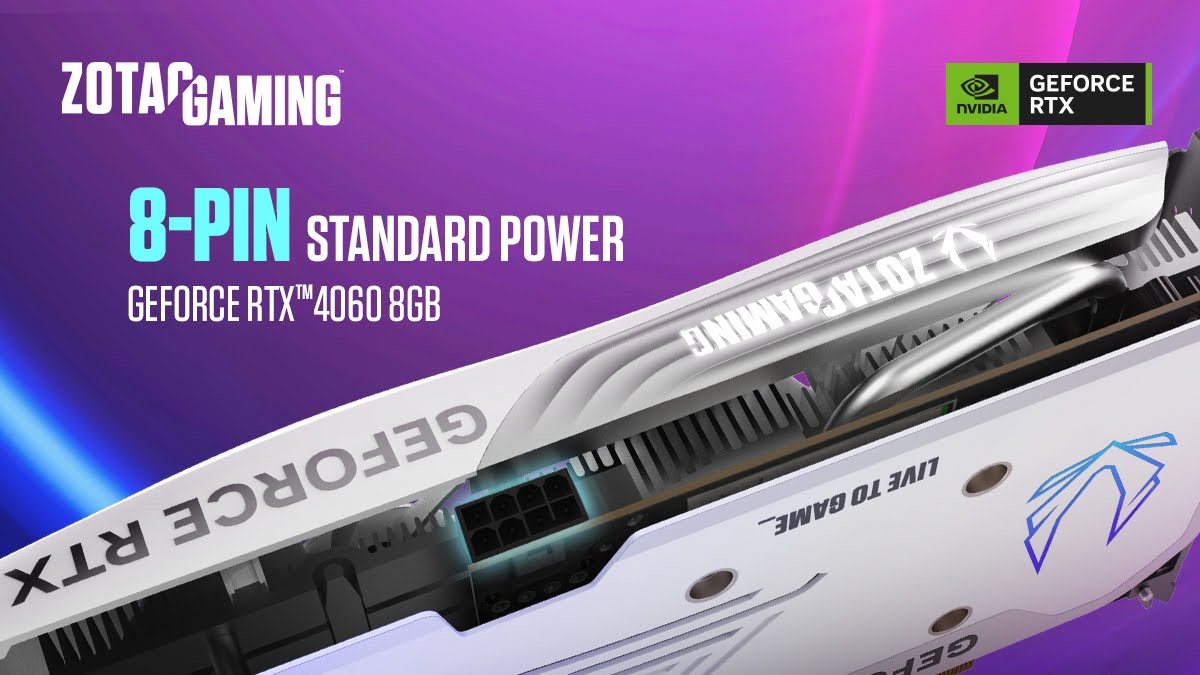Arm has announced its new flagship Immortalis GPU for mobile, delivering hardware-based ray tracing on smartphones. This is a first for Arm. A new 2nd generation Armv9 CPU was also introduced. All of this forms Arm’s total computing solution (TCS22). Here are all the details you need to know. 
Arm Immortalis-G715 GPU: Specifications and features
The Arm Immortalis-G715 GPU is intended to provide the “ultimate gaming experience” with support for AAA games. It offers features such as hardware ray tracing to provide a realistic gaming experience with real lighting and shadows. However, this can put a strain on the SoC. Immortalis-G715 uses only 4% of shader core space and can deliver 300% increased performance with hardware acceleration.

Variable rate shading and a new execution engine are also supported. The execution engine can achieve a 2x improvement in FMA (Fused Multiply Add) with only a 27% area increase.
It supports over 10 cores and is said to offer 15% increased performance compared to previous Mali GPUs . It is also expected to achieve “the highest energy efficiency in history.” Additionally, GPUs deliver a 2x architectural ML improvement.
In addition to this, Arm has introduced new Mali-G715 and Mali-G615 GPUs that support 7-9 cores and 6 or less cores, respectively. The new Mali GPU has the same features as the Immortalis GPU, except for hardware-based ray tracing capabilities. It also has improved PPA (Performance, Power, Area). These new GPUs are expected to launch in 2023. 
Armv9 CPU: Specifications and features
The new Armv9 CPUs include Arm Cortex-X3 and Arm Cortex-A715, and there is also an update for the Arm Cortex-A510 CPU. The new Armv9 CPU is expected to deliver 25% more peak performance and 20% more power efficiency . Cortex-X3 has a 34% increase in single-threaded performance, while Cortex-A715 can deliver a 5% performance increase compared to the Cortex-A710 CPU.
Last year’s “LITTLE” Armv9 CPU, the Arm Cortex-A510 CPU, has improvements. This involves a 5% power reduction. LITTLE CPU cores increase power efficiency and extend battery life. The gaming part, computing performance, and security have also been improved.
Additionally, the DynamIQ shared unit (DSU-110) platform has also been upgraded to scale to 12 cores and 16 MB of L3 cache.





![How to set up a Raspberry Pi web server in 2021 [Guide]](https://i0.wp.com/pcmanabu.com/wp-content/uploads/2019/10/web-server-02-309x198.png?w=1200&resize=1200,0&ssl=1)












































